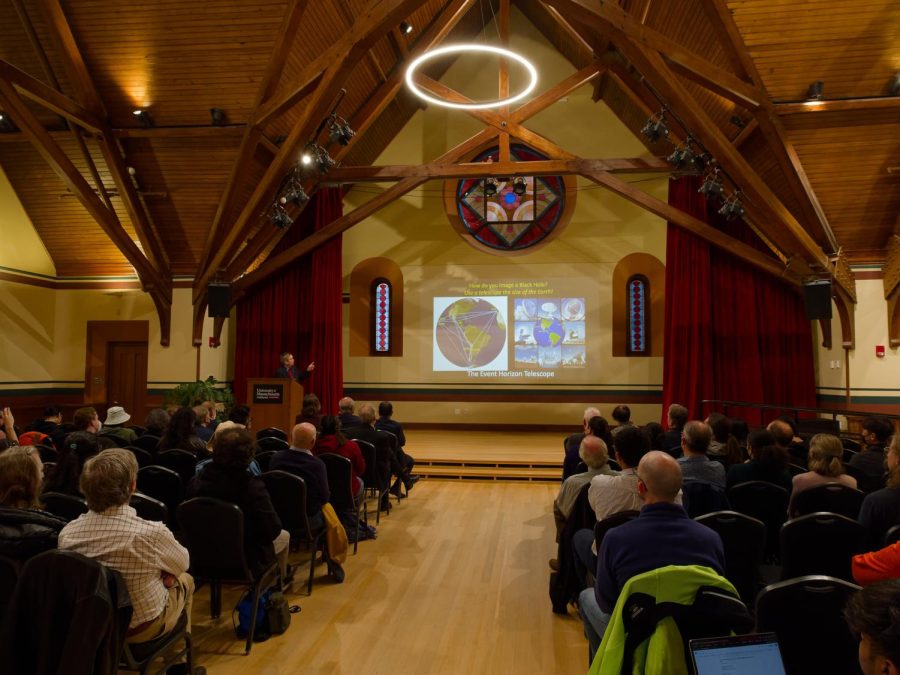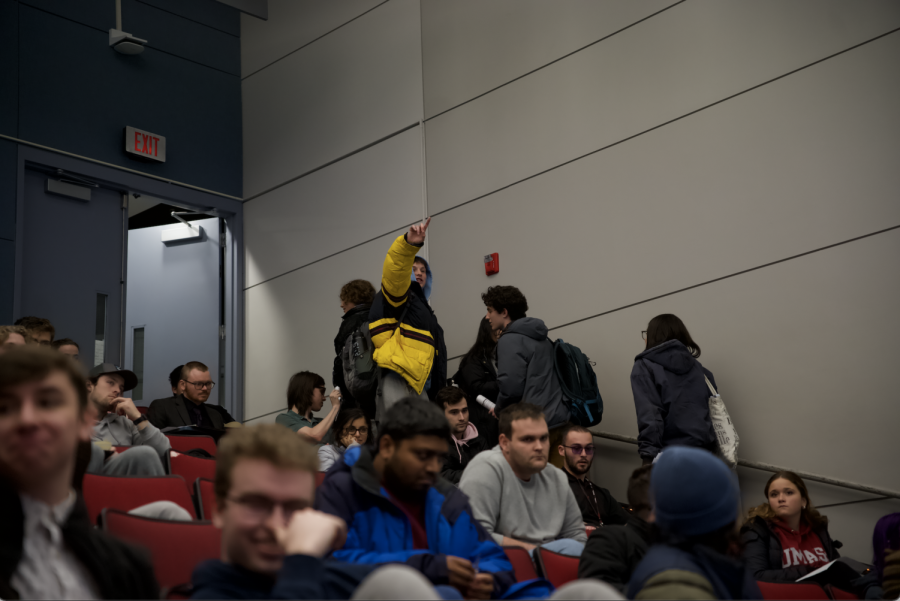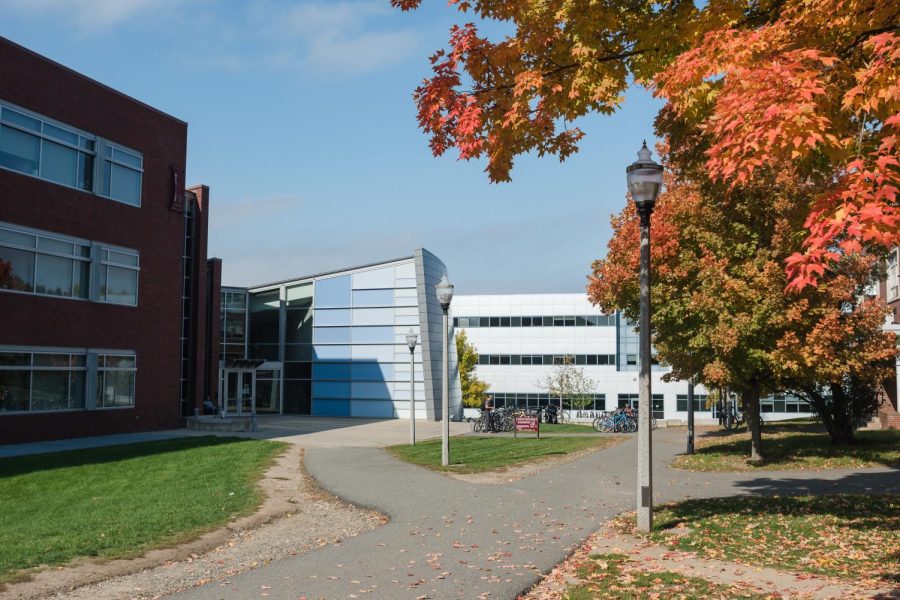University of Massachusetts physicists will be performing experiments with the, as of Nov. 20, fully functioning Large Hadron Collider, which boasts the largest machine in the world with very sophisticated instruments.
The LHC, located 100 meters beneath the Franco-Swiss border, is a particle accelerator. The purpose of the machine is to discover fundamental particles which may have been present immediately after the Big Bang, insight on dark matter and to discover what causes particles to have mass. The LHC was built by CERN, the European Organization of Nuclear Research.
The particle collider is run by the European Organization for Nuclear Research, or CERN, located in Geneva, Switzerland, and is considered to be among the best research facilities in the world.
“CERN is one of a handful of particle accelerators in the world, and is now the world’s highest energy particle accelerator, or in some sense, the world’s most powerful microscope into the world of sub-atomic particles,” said member of the UMass team at the Collider Ben Brau. “This makes it the world’s host to the energy frontier of particle physics research,” Brau continued.
Brau is part of the UMass High Energy physics group working at the LHC along with colleagues Stephane Willocq and Carlo Dallapiccola. They, along with three postdoctoral researchers and four PhD students, make up the UMass team in Geneva. The specific experiment they are working with is a Toroidal LHC Apparatus program, or ATLAS, which is one of two general-purpose detectors at the LHC.
According to the CERN website, ATLAS will investigate a wide range of physics, including the search for the Higgs boson, extra dimensions and particles that could make up dark.
“ATLAS will learn about the basic forces that have shaped our universe since the beginning of time, forces which will determine its fate,” said Willocq in a UMass press release.
“Among the possible unknowns are the origin of mass, extra dimensions of space, unification of fundamental forces and evidence for dark matter candidates in the Universe,” continued Willocq.
Dallapiccola pointed out that the research hopes to “uncover new laws of physics.”
The UMass team’s specific job is to develop software to detect muons, a type of rare fundamental particle that is 200 times the mass of electrons.
“These muons are interesting because when protons collide, if muons are produced in the collision, that is an indicator that something interesting and rare might be happening in that collision and it is worth studying further,” said Brau.
“We also have developed analysis techniques to sift through the proton collision data looking for hints of new particles we’ve never seen before,” Brau said. “If found, the properties of these new particles might help us understand better some outstanding questions we have about the universe, such as, ‘Why do particles have mass?’ and ‘What is dark matter?,’” elaborated Brau.
Although unsure what technologies and insights these experiments will bring, researchers maintain that the experiments are worthwhile and important.
“There is a phrase I like to use to describe basic research like this, which is, ‘curiosity driven,’” Brau said. “We don’t know what we will find or whether there will be practical applications, we do know we have lots of questions we hope to answer,” said Brau.
ATLAS alone is the size of a “five story office building,” according to Brau. The ATLAS takes a snapshot of collision between the two protons and this allows the researchers to look at the debris.
“We can then use the measurements we make of the sub-atomic debris to re-construct what happened in the collision, much as someone investigating an automobile collision can use the debris found at the scene to piece together what happened,” said Brau.
The ATLAS is dwarfed by the 17 mile circumference of the LHC, which holds five other experimental devices. Scientists from several different countries and institutes participate in the research. ATLAS alone has over 1700 scientists from 159 institutes and 37 different countries, according to the CERN website.
“The UMass community should care about this work because it reflects so positively on its standing as a major research university,” said Dallapiccola, a UMass professor of physics working with the LHC. “I think UMass should take great pride in being a part of this.”
Dallapiccola also works with a team of scientists dedicated to finding evidence of extra-spatial dimensions. Tiny black holes possibly produced by the LHC high energy particle collision would be proof of these extra-spatial dimensions, according to Dallapiccola.
Bobby Hitt can be reached at [email protected].







Emily Thompson • Dec 8, 2009 at 1:31 pm
Hi! You’ve put a picture of CMS, our competing experiment! UMass works on ATLAS =)